Discover insights, tips, and stories from the skies — from aircraft buying guides to pilot training.
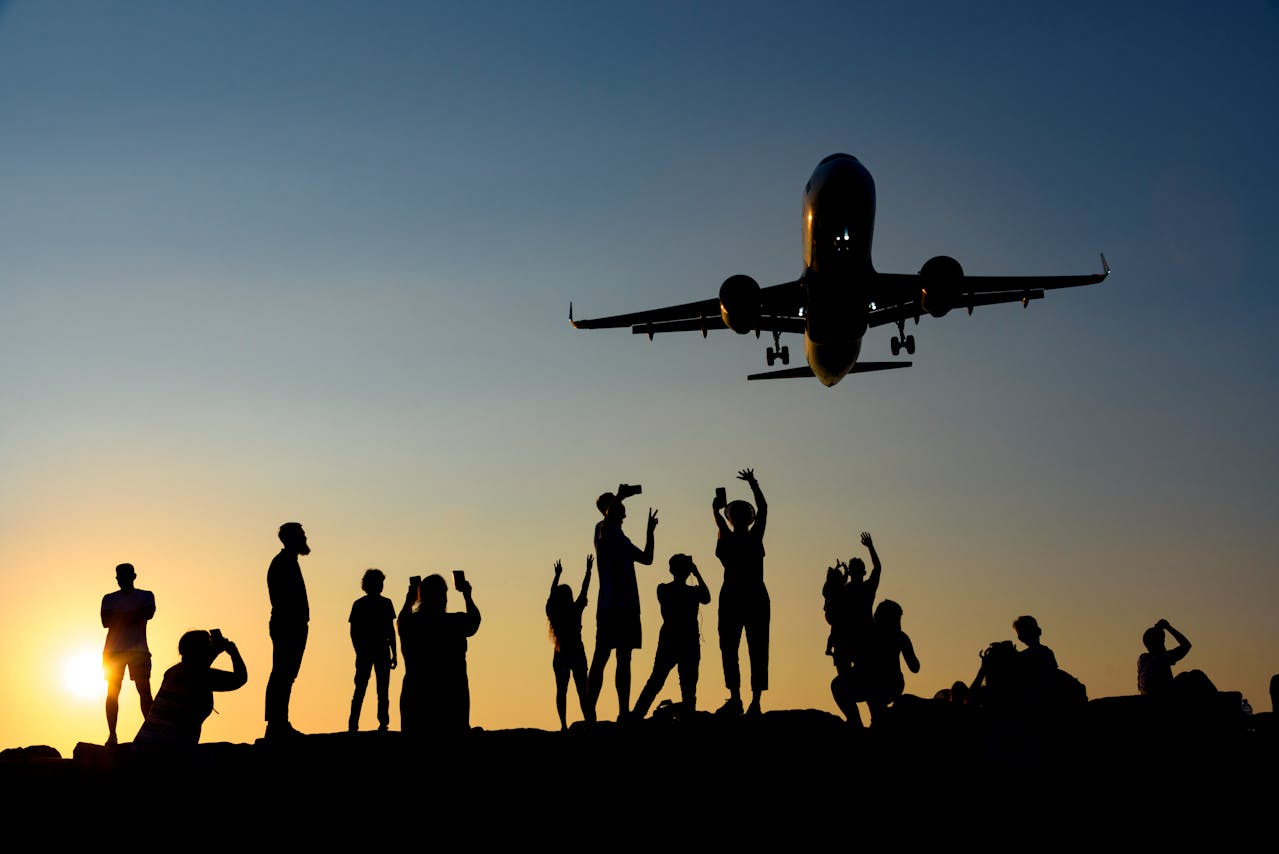
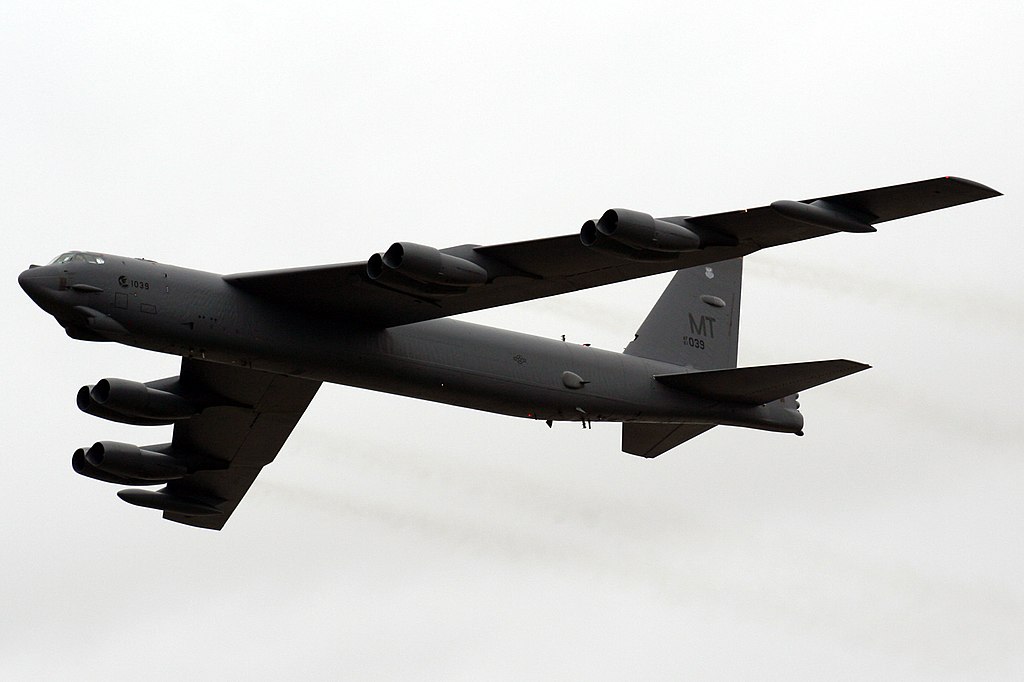
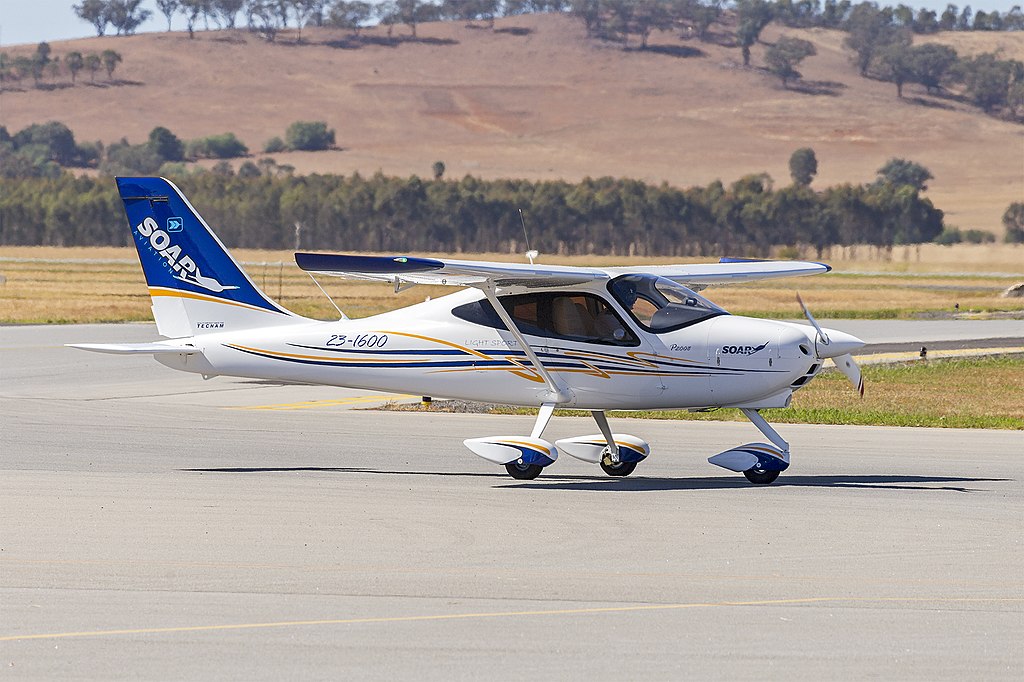
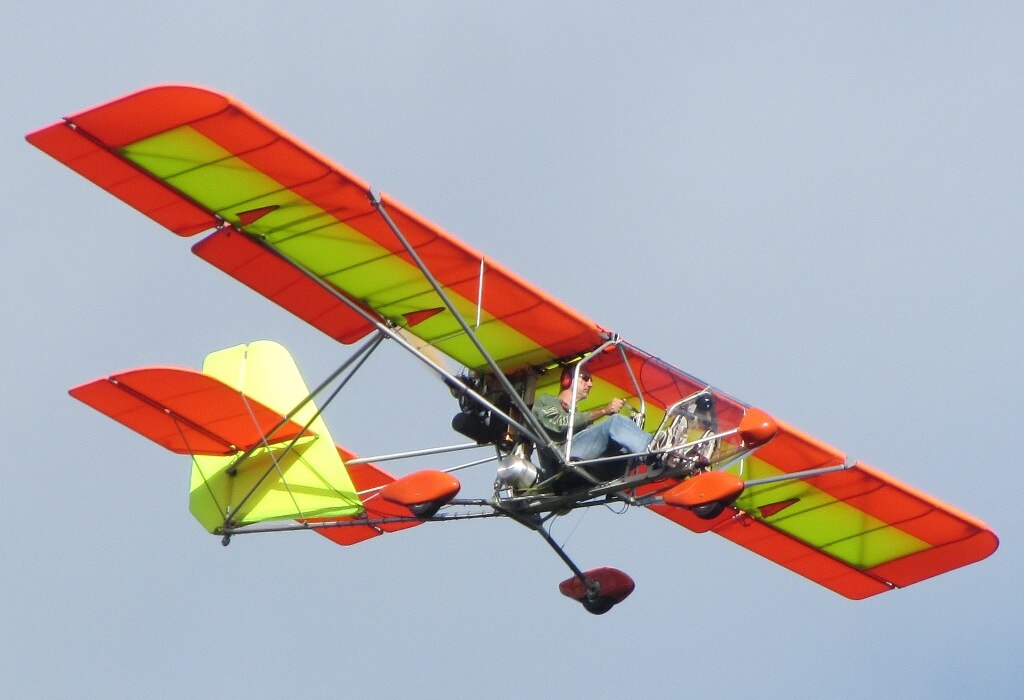
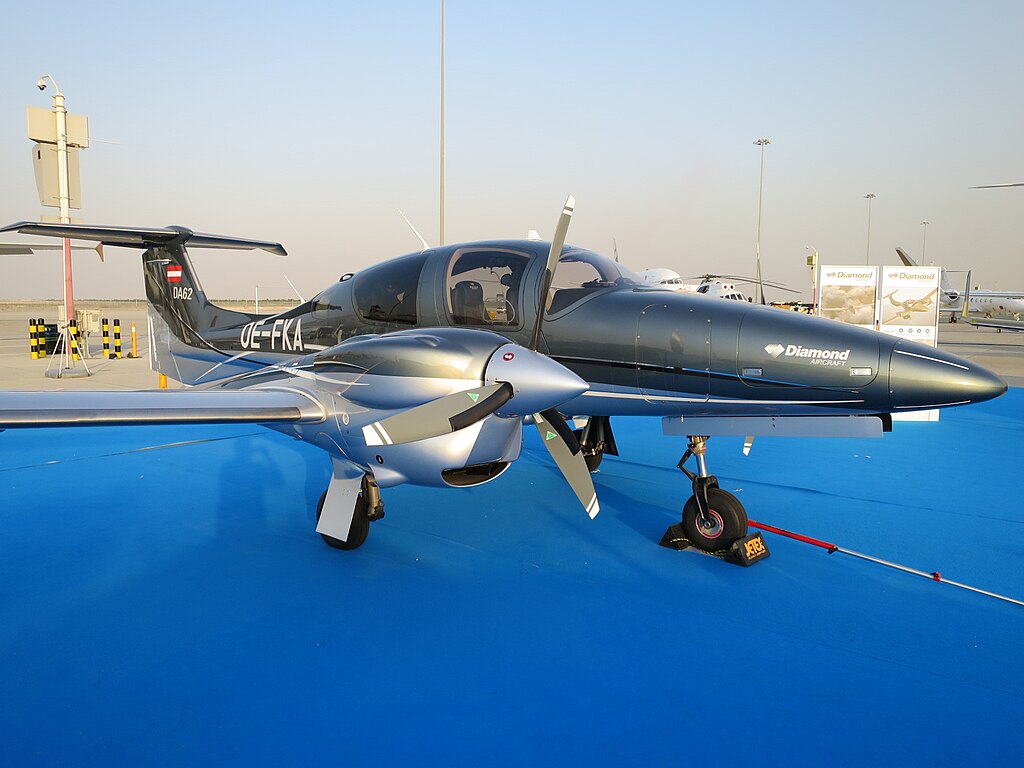

Published: July 22, 2025
Flying looks simple from the ground, but up in the air, it’s a different story. If you’ve ever watched a helicopter float in place or an airplane zoom through the sky, you’ve probably asked: how do they do that? More importantly, how are they different?
This article breaks down the flight characteristics comparison of helicopters and airplanes. So if you’re curious about how helicopters fly versus how airplanes fly, you’re in the right place. From lift to control surfaces and everything in between, we’ll explore what makes each aircraft unique.
Let’s jump into the principles of helicopter vs airplane dynamics and flight without needing a pilot’s license!
Lift is what keeps an aircraft in the air. But the way it's created in a helicopter vs airplane is quite different.
So, the difference between helicopter and airplane here lies in motion. Helicopters don’t need to move forward to generate lift—they can hover. Airplanes must stay moving to stay in the air.
Because of this, helicopters have vertical flight capabilities. They can go straight up and down, thanks to the rotor system. Airplanes need speed and a runway to get off the ground.
In simple terms, helicopter takeoff and landing is vertical and flexible. Airplane takeoff and landing needs a long runway and forward speed.
Once an aircraft is flying, it needs control to move in different directions. That’s where things really get interesting in the helicopter vs airplane control surfaces comparison.
Airplanes use a set of control surfaces:
These surfaces work together to manage airplane flight mechanics. They're usually found on the wings and tail, and they rely on airflow. That means airplanes need to keep moving to stay in control.
Helicopters don’t have wings or a tail rudder like airplanes. Instead, they have:
They also have anti-torque pedals to control yaw using the tail rotor.
These features are the heart of helicopter control vs airplane control. They allow helicopters to perform fine movements, even while hovering. This gives helicopters amazing agility—and that’s why maneuverability of helicopters is hard to beat.
When it comes to how helicopters and airplanes move through the air, there are major differences. These differences come from their design, speed, lift, and how pilots control them. Let’s look at how each one handles in the sky.
Let’s start with the basics of how each one flies.
This makes helicopters excellent vertical takeoff aircraft. They don’t need a runway. Airplanes, on the other hand, must build up speed along the ground before lifting off.
Now, let’s talk about airplane speed vs helicopter speed. Airplanes are much faster. Most helicopters fly under 160 mph. Many airplanes, even small ones, fly faster than that.
So, when comparing helicopter forward flight to an airplane’s cruise speed, the airplane wins in long-range travel and time-saving. But the helicopter is better for short-distance trips and hard-to-reach spots.
How each aircraft moves in flight comes down to control.
One big difference is that helicopters don’t rely on forward motion to use their controls. They can hover, spin, or slide sideways. This shows off the strong helicopter maneuverability that pilots rely on during rescue missions or tight landings.
Still, helicopters are more sensitive. Their controls need constant input. That’s part of the reason why helicopter stability in flight requires more attention compared to airplanes.
These are the aerodynamic control differences that make airplane vs helicopter control inputs so unique.
Let’s talk more about how lift works in each aircraft.
These are clear differences in aircraft lift. One moves forward to fly. The other creates lift while still. This is also why helicopters can land in tight spaces, making them ideal in emergencies.
Both aircraft types serve unique purposes. This is where aircraft type comparison becomes useful.
In the end, the flight performance helicopter vs airplane depends on what you need the aircraft to do.
You may also wonder about helicopter vs jet plane. Jets are faster, more powerful airplanes that travel even farther and higher. But again, they need runways and lots of space. Helicopters are all about access and agility.
This kind of detailed aircraft flight comparison helps us appreciate why both types are important in aviation.
Understanding the helicopter and airplane flight differences starts with the basics—lift, control, and movement. From helicopter flight mechanics to airplane flight mechanics, both use smart aerodynamic design to stay airborne, but they do it in very different ways.
Helicopter vs airplane aerodynamics isn't all design. It's also how they’re used. The uses of helicopters vs airplanes often depend on these differences. Helicopters work best in tight spots, rescue missions, or urban areas. Airplanes are better for long-distance travel and speed.
Want to learn more about how flight works or which aircraft is better for your next adventure? Flying411 is here to help you navigate the skies with confidence.
Flying a helicopter is more complex due to its control systems. Airplanes are generally easier to learn for beginners.
Yes, helicopters can fly backward using the cyclic control. This is something airplanes cannot do.
Small airplanes may need 500–1,000 feet. Commercial jets need 6,000 feet or more, depending on weight and weather.
Yes, this is called autorotation. It allows helicopters to land safely without engine power.
Rotor blade aerodynamics create limits on how fast a helicopter can fly, usually under 200 mph.